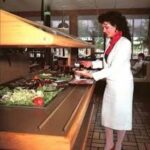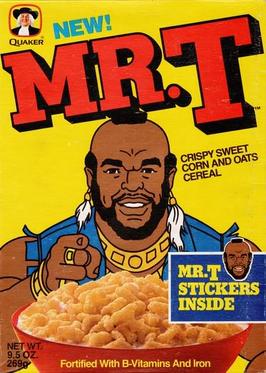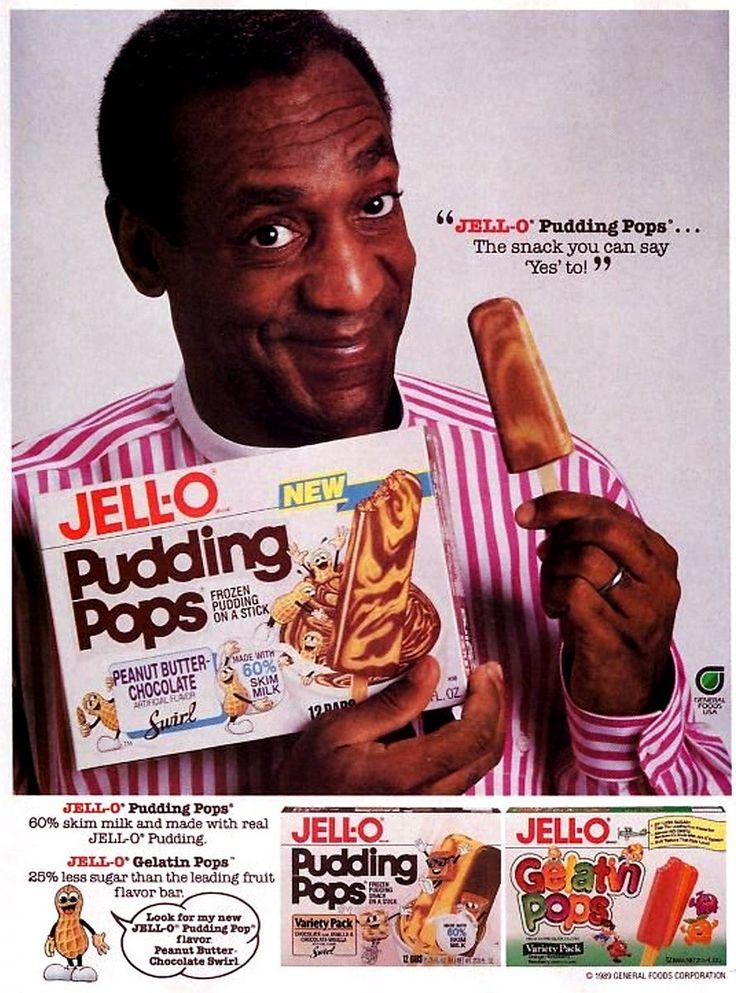 In the 1980s, Wendy’s was already carving out its place in the fast-food landscape as a fresh and innovative alternative to the giants like McDonald’s and Burger King. While its square burgers and the iconic “Where’s the beef?” campaign are often the first things that come to mind when thinking about Wendy’s during that era, one of the lesser-remembered but deeply cherished features was the Wendy’s salad bar. Back then, the idea of a fast-food restaurant offering a salad bar was revolutionary — and it quickly became something of a cultural phenomenon. For many people, especially health-conscious families and kids who wanted something different than the usual fries and burgers, Wendy’s salad bar wasn’t just a side option; it was a full-on experience that made dining at Wendy’s exciting and “awesome.”
In the 1980s, Wendy’s was already carving out its place in the fast-food landscape as a fresh and innovative alternative to the giants like McDonald’s and Burger King. While its square burgers and the iconic “Where’s the beef?” campaign are often the first things that come to mind when thinking about Wendy’s during that era, one of the lesser-remembered but deeply cherished features was the Wendy’s salad bar. Back then, the idea of a fast-food restaurant offering a salad bar was revolutionary — and it quickly became something of a cultural phenomenon. For many people, especially health-conscious families and kids who wanted something different than the usual fries and burgers, Wendy’s salad bar wasn’t just a side option; it was a full-on experience that made dining at Wendy’s exciting and “awesome.”
Fast food in the early 1980s was mostly associated with greasy burgers, salty fries, and sugary sodas. The health food movement was just beginning to gain traction, but it was nowhere near as mainstream as it is today. Consumers were starting to become more aware of the importance of eating fresh and incorporating vegetables into their diets, but options outside of home-cooked meals or health food stores were limited. Enter Wendy’s salad bar, a feature that felt both novel and welcoming. It was one of the first times many Americans could get fresh, crisp greens and a variety of toppings at a fast-food joint, not just a handful of limp lettuce thrown onto a burger.
Wendy’s salad bar typically featured a generous selection of fresh ingredients, ranging from iceberg lettuce, spinach, and romaine to tomatoes, cucumbers, carrots, croutons, shredded cheese, and a variety of salad dressings. For kids and adults alike, it was a chance to build a customized salad tailored to individual tastes, which was a rare luxury in fast food back then. This made the Wendy’s salad bar stand out because it wasn’t just another pre-packaged side dish; it was interactive, fresh, and healthy in a way that made people feel good about their meal choices.
The salad bar experience at Wendy’s became a kind of social event for families and groups of friends. Unlike the typical fast-food setup where customers ordered a meal and received a fixed portion, the salad bar encouraged mingling and personalization. Parents appreciated having a wholesome option for their children, who could pick exactly what they liked without forcing down unwanted vegetables. Teens and young adults found the salad bar an appealing alternative to the usual greasy options, a way to balance indulgence with health. The presence of the salad bar also lent an aura of sophistication and freshness to Wendy’s that many other chains lacked, making it feel like a step above the competition.
Wendy’s marketing at the time capitalized on this fresh image. Advertisements often highlighted the salad bar as a key reason to visit Wendy’s, portraying it as a smart choice for those who wanted something tasty but also nutritious. The concept appealed to the growing fitness-conscious crowd and to parents who wanted to encourage healthier eating habits for their families. This marketing worked because it was authentic; the salad bar genuinely offered a wider variety of fresh ingredients than most other fast-food outlets of the time, which mostly relied on processed sides and pre-packaged salads.
One of the reasons Wendy’s salad bar was so beloved was that it combined convenience with freshness. Unlike going to a sit-down restaurant or having to prepare a salad at home, Wendy’s salad bar allowed customers to grab a quick, customizable meal that still felt wholesome. For busy families juggling work, school, and extracurriculars, this was a godsend. It offered the fast-food experience people loved—speed and affordability—without sacrificing the feeling of eating something fresh and healthy.
The salad bar also fit well with the evolving food culture of the 1980s, which saw the beginnings of diet trends, low-fat foods, and an increased interest in vegetarianism and health-conscious eating. As more Americans sought out alternatives to fatty fast food, Wendy’s salad bar was perfectly positioned to meet that demand. It became especially popular in suburban areas where health trends caught on faster and families sought better dining options outside of the home. For many, it wasn’t just about salad—it was about the idea that fast food could be different, could be better, and that Wendy’s was leading the charge.
Of course, the salad bar was not without its quirks. Like many buffet-style offerings, the quality could vary from location to location depending on how well it was maintained and refreshed throughout the day. But even with this variability, the concept itself was so novel and appealing that it overshadowed occasional lapses in freshness or presentation. Kids were often fascinated by the idea of a salad bar at a fast-food joint, and it made the experience of eating out feel more interactive and fun.
The salad bar also introduced many people to ingredients they might not have regularly eaten before. Croutons, shredded cheese, various dressings like ranch or French, and fresh veggies were not as common in many American households then as they are today. The Wendy’s salad bar served as a kind of informal education in healthy eating, opening eyes and palates to new textures and flavors. For some, it was a gateway to adopting healthier habits later in life.
Looking back, the Wendy’s salad bar was a precursor to the much more diverse and health-conscious fast-casual dining scene we see today. It helped pave the way for chains like Panera Bread and Sweetgreen, which focus on fresh, made-to-order salads and customizable healthy meals. Wendy’s early commitment to offering a salad bar showed that fast food didn’t have to be synonymous with junk food, and it helped shift public perceptions about what fast food could be.
While Wendy’s eventually phased out many of its salad bars in the 1990s due to operational challenges and changing consumer trends, the fond memories remain. For a generation that grew up in the 1980s, the Wendy’s salad bar was more than just a place to grab a quick salad; it was a symbol of innovation, health-consciousness, and fun family dining. It was a place where kids could feel grown-up choosing their own ingredients, parents could feel good about feeding their families fresh vegetables, and everyone could enjoy a little break from the standard fast-food fare.
In conclusion, the Wendy’s salad bar in the 1980s was truly awesome in the eyes of the public because it combined freshness, customization, and a sense of health-consciousness that was rare for fast food at the time. It was a pioneering concept that gave families a new way to enjoy fast food while still feeling good about their choices. The salad bar’s popularity reflected the shifting food culture of the decade and remains a nostalgic reminder of a time when Wendy’s dared to be different and offered a fresh alternative in a sea of burgers and fries. For many, the memory of the Wendy’s salad bar is still a fond reminder of childhood, family outings, and the early days of healthy fast food.


